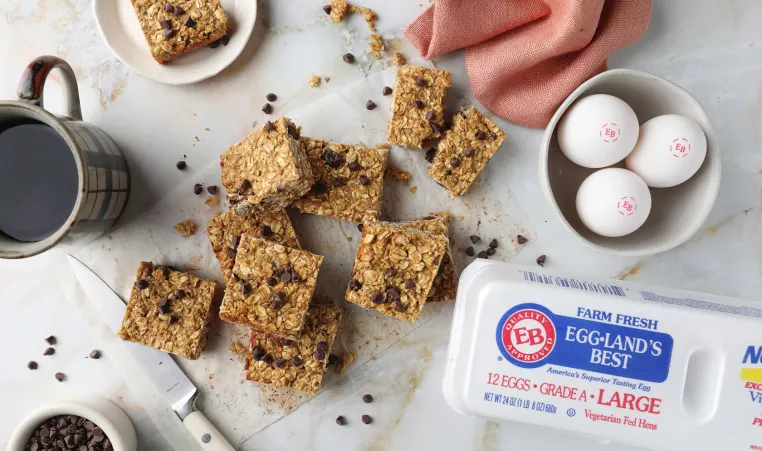
Post a snack list on the fridge
Have a list posted on the fridge of available and healthy snacks so it’s more likely everyone will choose those nourishing options when hunger hits. Snacks that have protein + produce are great options such as a hard-cooked egg + cucumbers, nut butter + celery, cheese stick + apple, edamame + orange slices, or yogurt + berries.
Play “Try It Tuesday”
Trying new foods is such a great way to get a wide variety of nutrition and create more adventurous eaters. Make Tuesday the day each week to open everyone’s mind & palate to try a new snack, a new side dish, a new recipe, or even just take a bite of a new fruit or veggie.
Team up in the kitchen
Cooking together makes it feel more fun and when kids play a role in prepping, they are more likely to enjoy the meal. Teaching kids how to cook is a valuable life skill that you can start teaching at any age, it’s never too early or late. And bonus, the better kids get in the kitchen, the less work it ends up being for parents!
Count the color on your plate
One of the best ways to eat better is by adding more colorful fruits & veggies to meals and snacks. So have kids count the colors on their plate and the more colors the better. Take it to the next level and create a family chart to track the colors eaten through the week or month!
Learn the superpowers of each food group
Each food group does powerful things in your body. And when kids (and adults) focus on the superpower benefits of food, it becomes more meaningful and fun to choose nourishing options. For example:
- Protein rich foods like eggs, chicken, and beans help grow and repair muscles.
- Fruits & veggies give us vitamins & minerals to protect our cells.
- Whole grains like whole wheat, oats, and brown rice give us energy.
- Fats like nuts, avocado, and olive oil support our organs.
Create a water station
Staying hydrated helps keep us healthy and energized. Keep a pitcher of water that’s easy to see on the counter or in the fridge. And nearby have cups/water bottles and some slices of cucumbers, lemons, limes, oranges, mint, and/or berries so kids can create their own special flavor combos. Keeping water available and fun encourages the whole family to drink more of it.
Give everyone their own day of the week
To help make dinner a peaceful, complain-free zone, give each family member a day of the week that they pick what’s for dinner. It makes planning easier and kids love having a say in what they are eating. Pro-tip: Even when kids ask for mac & cheese, chicken nuggets, or pizza, you can make those classics healthier by rounding out the meal with plenty of veggies.
Make dinner a digital detox
Enjoy meal time without phones, games, or TV. It creates more mindful meals and more connection and conversation. Need help coming up with what to talk about, read the next tip!
Create a bowl of conversation starters
Sometimes it can be difficult to come up with things to talk about at the dinner table, so write questions on pieces of paper, put them in a bowl, and each night grab one or two to help get the conversation flowing. Questions like “What was the best part of your day, What was the funniest thing you heard/saw today, If you got one wish from a genie what would yours be?"